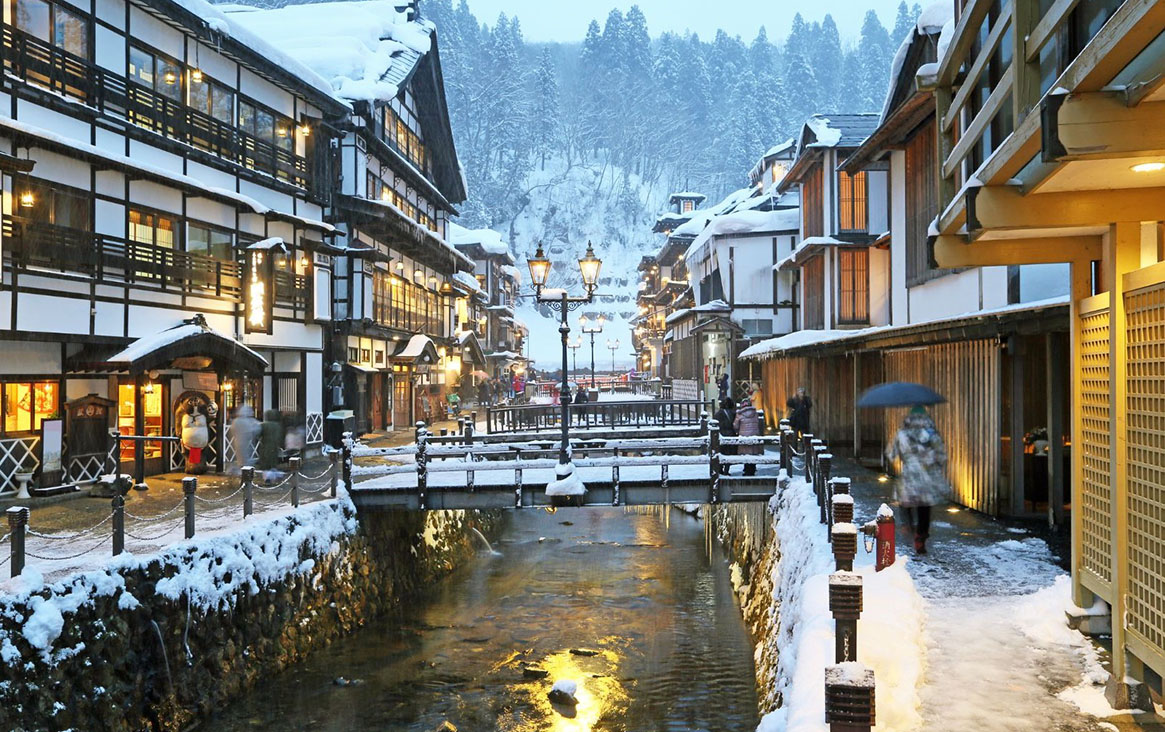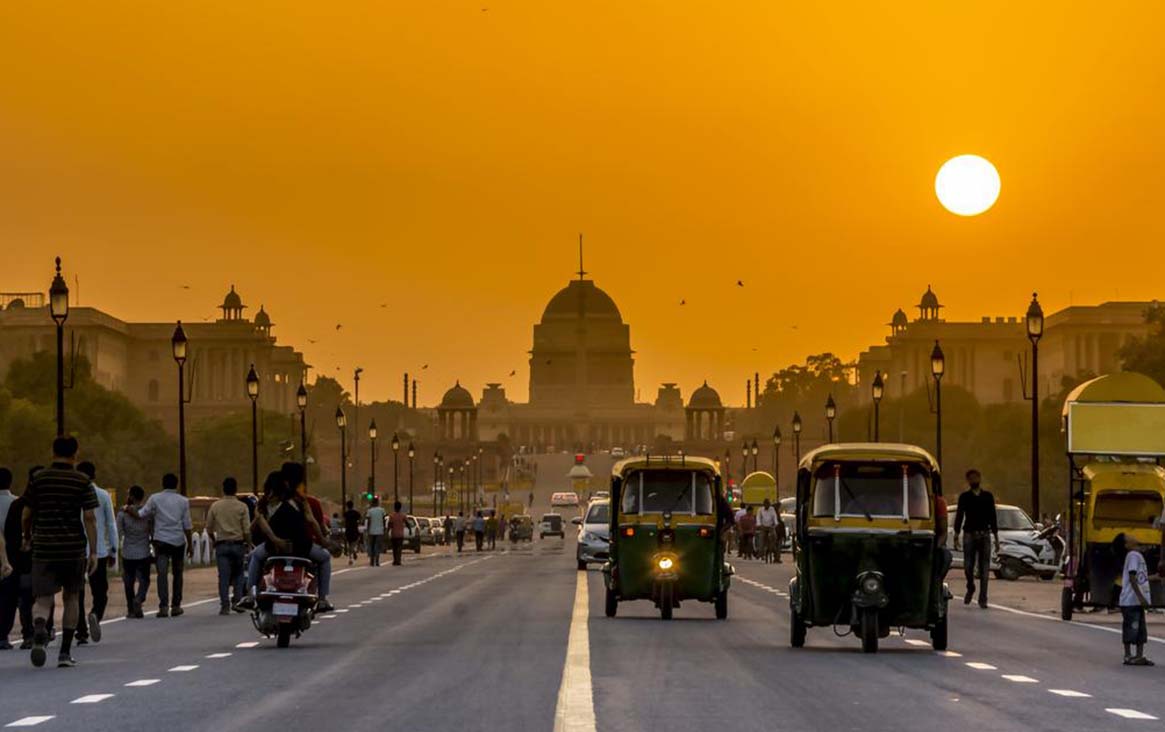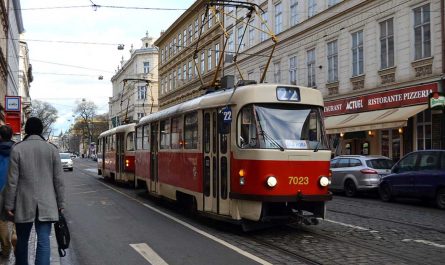When it comes to East Asian travel, Japan and South Korea are undoubtedly two of the most popular destinations. Each country offers its own unique blend of culture, food, natural landscapes, and distinct experiences. I can confidently say that each place has its own charm that will captivate any traveler. However, if you’re torn between the two and unsure of which to choose for your next trip, we will help guide you toward making the best decision.
A Destination for All Seasons
Japan: A Diverse and Picturesque Experience Through the Four Seasons
When it comes to celebrating the beauty of nature and the rhythm of changing seasons, few places in the world compare to Japan. The country’s distinct four seasons—spring, summer, autumn, and winter—are more than just periods on a calendar; they shape the cultural experiences, festivals, and even the culinary delights of each region. Each season brings its own unique charm, offering travelers a multitude of landscapes, activities, and traditions to explore.
Spring: Cherry Blossoms and Timeless Beauty
Spring in Japan is synonymous with sakura, or cherry blossoms, a breathtaking natural phenomenon that transforms the country into a sea of delicate pink and white flowers. The blooming of cherry blossoms is more than just a visual treat; it is deeply rooted in Japanese culture, symbolizing renewal, beauty, and the fleeting nature of life. The practice of hanami, or flower viewing, is an age-old tradition where families and friends gather beneath cherry trees to enjoy the blossoms while sharing food and drinks.
One of the most unforgettable moments of my travels was visiting Kiyomizu-dera in Kyoto during peak cherry blossom season. The temple’s wooden stage, set against a backdrop of blooming sakura, felt like stepping into a scene from a traditional Japanese painting. As the soft petals floated down in the breeze, I found myself marveling at the fleeting beauty of nature—a moment of serenity that perfectly captured the essence of spring in Japan.
Other iconic cherry blossom spots include Ueno Park in Tokyo and the Philosopher’s Path in Kyoto. Each location offers a unique perspective on the cherry blossom season, whether it’s a bustling urban park or a quiet riverside walkway.
Summer: Festivals and Fireworks
Summer in Japan is a time of vibrant energy and celebration. While the weather can be hot and humid, the lively matsuri (festivals) and dazzling hanabi taikai (fireworks festivals) make it a season worth experiencing. One of the highlights of my summer in Japan was attending the Sumida River Fireworks Festival in Tokyo, where thousands of people gathered along the riverbanks to watch a spectacular display of pyrotechnics light up the night sky.
Beyond the festivals, summer is also an excellent time for exploring Japan’s coastal areas and islands. Okinawa, with its turquoise waters and white sandy beaches, feels like a tropical paradise, while places like Matsushima Bay offer scenic boat tours that showcase Japan’s natural beauty. For a unique summer experience, I hiked the Kamikochi Valley in the Japanese Alps, where cool mountain streams and lush greenery provided a refreshing escape from the heat.
Autumn: A Symphony of Red and Gold
As the heat of summer fades, Japan transforms into a stunning canvas of reds, oranges, and yellows. Koyo, or autumn leaf viewing, is as cherished in Japan as cherry blossom viewing in spring. The country’s landscapes become vibrant with the colors of changing leaves, creating a picture-perfect setting for outdoor exploration.
One of my favorite autumn experiences was hiking Mount Takao, a short train ride from Tokyo. The trails, lined with fiery red maples and golden ginkgo trees, offered stunning panoramic views of the city and surrounding countryside. At the summit, I sipped on hot amazake (sweet sake) while soaking in the crisp autumn air—a perfect moment of tranquility and connection with nature.
Kyoto, once again, shines in autumn, with places like Arashiyama and Tofuku-ji Temple drawing crowds eager to witness the seasonal transformation. Another hidden gem I discovered was Nikko, where the temples and shrines are surrounded by mountains ablaze with autumn colors, creating a mystical and unforgettable atmosphere.
Winter: A Wonderland of Snow and Serenity
Winter in Japan is a season of contrasts—snow-covered landscapes in the north and milder climates in the south. For snow enthusiasts, Japan offers some of the best skiing and snowboarding experiences in the world. Resorts in Hokkaido, such as Niseko, are famous for their light, powdery snow, attracting visitors from across the globe. My time in Niseko was nothing short of magical, with pristine ski slopes and cozy lodges where I could relax with a hot cup of cocoa after a day on the mountain.
Winter is also the season of onsen (hot springs), which are particularly enchanting when surrounded by snow. During my stay in Hakone, I soaked in an outdoor onsen while watching snowflakes gently fall around me. The warm, mineral-rich waters melted away the winter chill and left me feeling completely rejuvenated.
For those who prefer cultural experiences, winter in Japan offers unique festivals like the Sapporo Snow Festival, where massive snow sculptures and ice carvings take center stage. In central Japan, the UNESCO-list
South Korea: A Fusion of Festivals and Seasons
Similarly, South Korea also offers seasonal beauty, but it shines particularly during its vibrant festivals and seasonal events. The cherry blossom festival in Jinhae during spring attracts thousands of visitors, and the ski resorts of Gangwon Province are a winter favorite. However, compared to Japan, South Korea’s natural scenery might feel a bit more compact, offering a mix of city and countryside that caters well to those who enjoy both urban and natural escapes.
Relaxing Stays and Unique Spa Culture
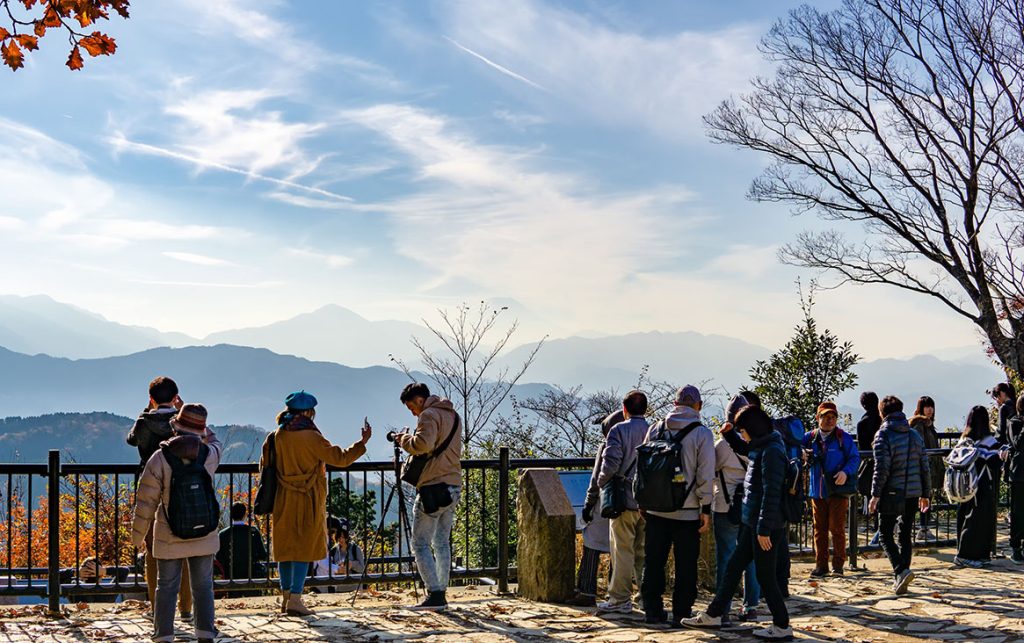
Japan: The Ultimate Relaxation with Onsens and Ryokan
Japan’s onsen (hot spring) culture is a major highlight of any trip. Whether soaking in hot springs surrounded by snow or staying in a traditional ryokan (Japanese inn) with tatami rooms and kaiseki meals, these experiences are designed to help you unwind completely.
In Hakone, I stayed at a traditional ryokan with an outdoor onsen, where I enjoyed a soothing soak while looking out at the snow-covered landscape. The hot springs in Beppu, Kyushu, and Noboribetsu, Hokkaido, also offered therapeutic mineral-rich waters, leaving me feeling refreshed and rejuvenated.
South Korea: Jjimjilbang – A Social and Relaxing Experience
In contrast to Japan’s onsens, South Korea’s jjimjilbang (sauna and spa rooms) is a cultural institution. These public bathhouses are not just for relaxation, but also socializing. During my visit to a jjimjilbang in Seoul, I enjoyed a variety of heat therapies and salt treatments. It was a unique way to relax, and the communal aspect made the experience feel more sociable. While not as luxurious as Japan’s onsens, the jjimjilbang offers a more accessible and community-oriented experience.
Hiking, Skiing, and Nature
Japan: Perfect for Outdoor Adventures
Japan is a dream destination for outdoor enthusiasts. From hiking, skiing, to exploring lakes and mountains, the country offers an array of natural adventures. Mount Fuji, Japan’s iconic peak, is a bucket-list climb for every hiker. I hiked up Mount Fuji during the summer and witnessed a breathtaking sunrise, making every step worth the effort.
Japan’s ski resorts, particularly in Hokkaido and Nagano, are also world-renowned. Whether you’re an expert skier or a beginner, these resorts offer something for everyone. For nature lovers, places like the Five Lakes of Fuji and Lake Kawaguchi provide the perfect settings for a tranquil hike.
South Korea: Close-to-City Nature Escapes
While South Korea may not boast the vast, sprawling landscapes of Japan, it still offers wonderful natural escapes. On Jeju Island, hiking Hallasan Mountain in the spring and autumn was a delightful experience. South Korea’s ski resorts, like Yongpyong Resort, are also popular during the winter, providing an affordable alternative to Japan’s ski destinations.
Cultural and Historical Richness
Japan: A Blend of Tradition and Modernity
Japan’s cultural diversity is simply captivating. In Kyoto and Nara, I experienced the centuries-old temples, shrines, and traditional streets that exude a sense of tranquility and reverence. Meanwhile, in Tokyo and Osaka, I saw the vibrant energy of Japan’s modern cities, with neon-lit streets and bustling shopping districts that never sleep.
South Korea: Ancient Palaces and Contemporary K-Culture
South Korea has its fair share of historical landmarks as well. In Seoul’s Gyeongbokgung Palace, I participated in a hanbok-wearing experience, stepping back in time to the Joseon Dynasty. On the other hand, the modern culture of K-Pop, Korean drama locations, and bustling street markets offer a different lens through which to explore the country. South Korea strikes a fine balance between ancient heritage and contemporary trends, making it a great destination for travelers seeking both old and new.
A Culinary Journey
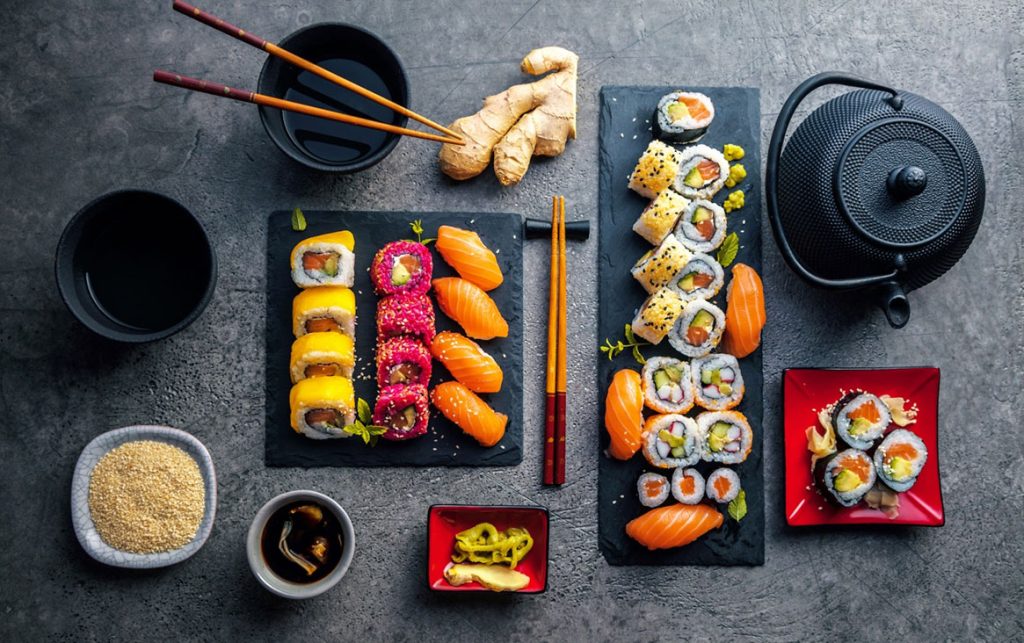
Japan: Refined and Diverse Cuisine
Japanese food is world-renowned for its sophistication and variety. From sushi and ramen to tempura and kaiseki, the range of dishes is extraordinary. In Osaka, I indulged in the famous takoyaki (octopus balls), and in Sapporo, I enjoyed a steaming bowl of miso ramen. Whether you’re sampling street food or dining at Michelin-starred restaurants, Japan’s culinary culture never disappoints.
South Korea: Bold and Flavorful
Korean cuisine is known for its bold, spicy flavors, from kimchi to spicy rice cakes (tteokbokki). In Seoul’s Gwangjang Market, I tried fried pig’s skin and blood sausage, which was an eye-opening and delicious experience. Korean food offers a variety of flavors and textures, and the experience of enjoying a traditional Korean BBQ or hot pot with friends or family is an unforgettable one.
Which Destination Should You Choose?
If you’re drawn to natural beauty, rich cultural history, and luxurious onsen experiences, Japan might be the perfect destination for you. Its four-season landscapes, extensive outdoor activities, and unmatched culinary delights make it a memorable trip for any traveler.
On the other hand, if you’re interested in modern pop culture, stylish trends, and a more affordable travel experience, South Korea offers a unique blend of history and contemporary life. From the lively streets of Seoul to the scenic hikes of Jeju Island, South Korea promises a fun and diverse travel experience.
No matter whether you choose Japan or South Korea, both countries offer exceptional experiences that will leave you with unforgettable memories. So, which destination will you visit next? I’d love to hear about your plans in the comments!
